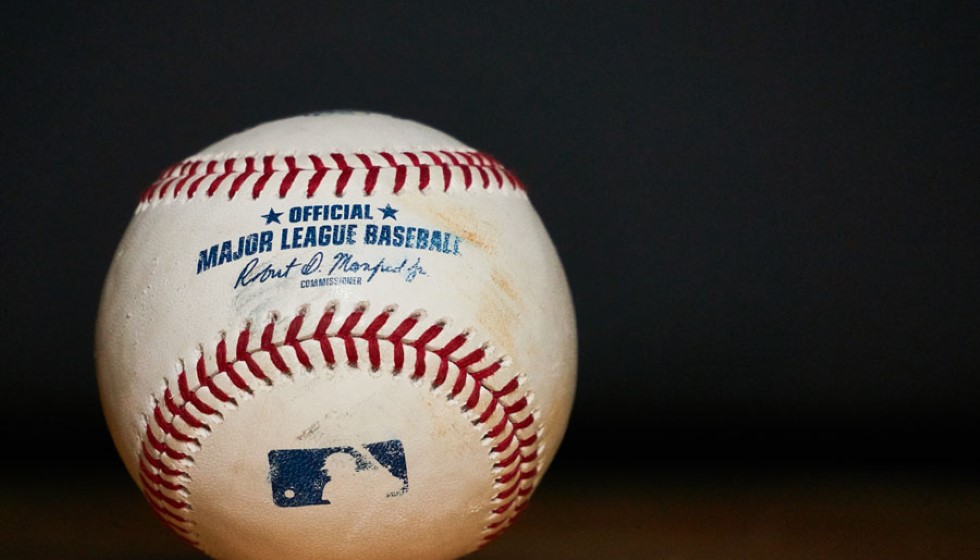
As Major League Baseball (MLB) grapples with innovation and tradition, the league is taking decisive steps by testing an Automated Ball-Strike (ABS) system during the upcoming spring training. This technological leap is set against the backdrop of a broader push to integrate the ABS system into the major leagues by the 2026 season. The move represents a significant evolution in how the game may be officiated, and it coincides with the expiration of the current collective bargaining agreement with the Major League Baseball Umpires Association on December 1.
The ABS system has been undergoing trials within various tiers of the minor leagues, notably within Triple-A. There, it has been honed through two distinct configurations: full-ABS and ABS challenge systems. The full-ABS system employs Hawk-Eye technology, familiar to tennis fans for its role in making precise line calls, to relay ball-strike decisions directly to the home plate umpire. Meanwhile, the ABS challenge system introduces an interactive component for teams, granting them a finite number of challenges per game to dispute an umpire's call. The subsequent challenge results are swiftly adjudicated by the automated system, either corroborating or overturning the initial ruling.
During a recent event, MLB Commissioner Rob Manfred shed light on the league’s strategy, highlighting the incremental implementation designed to acclimate both players and fans to this groundbreaking change. "I think we will have a spring training ABS test that will provide a meaningful opportunity for all major league players to see what the challenge system will look like," Manfred explained, suggesting that the upcoming tests will serve as a crucial exposure and feedback opportunity for MLB athletes and staff.
Nonetheless, the introduction of the ABS system will be measured, beginning with a selective rollout rather than a uniform adoption across all ballparks. "It won't be in every single ballpark but we actually have a plan where every team will get meaningful exposure," Manfred emphasized, underlining the league's intention to methodically introduce this change while considering the dynamics of different venues and teams.
As MLB propels itself toward modernizing aspects of gameplay, the initiative has not been without scrutiny. Traditionalists often highlight the indelible human element that umpires bring to the sport, a feature as old as baseball itself. Yet, supporters of the ABS system argue that it promises to enhance accuracy in a profoundly consequential area of the game—ball and strike calls—their unpredictability often serving as a source of debate and frustration.
Part of the consideration also hinges on the impending expiration of the collective bargaining agreement with umpires, suggesting that future negotiations could pivot around the integration of technology within officiating. Historically, technological adaptations in sports have presented challenges as well as opportunities, a duality MLB might encounter as it navigates the intersection of technological progress and the human aspects of umpiring.
The trials of the ABS system are poised not only to be a technological test but also a cultural one within baseball, a sport deeply rooted in tradition yet increasingly receptive to innovation. As spring training beckons, all eyes will be on how the players, coaches, and fans respond to this futuristic twist. Whether the Automated Ball-Strike system will become a fixture in MLB's theater of play remains to be seen, but the league’s commitment to exploring its potential is unmistakable. For a sport often lauded for its historical charm, this step represents an embrace of modernity and precision, reflective of broader trends in the digital age of sports.